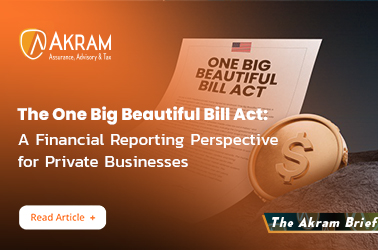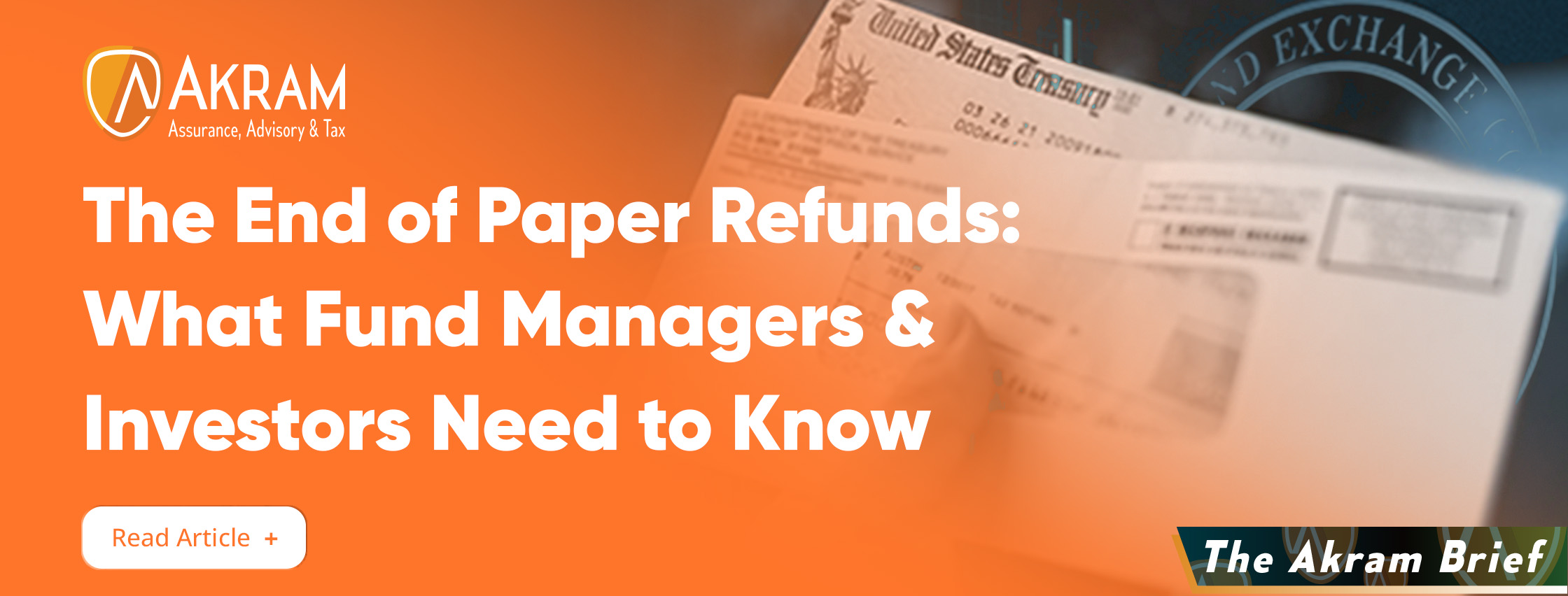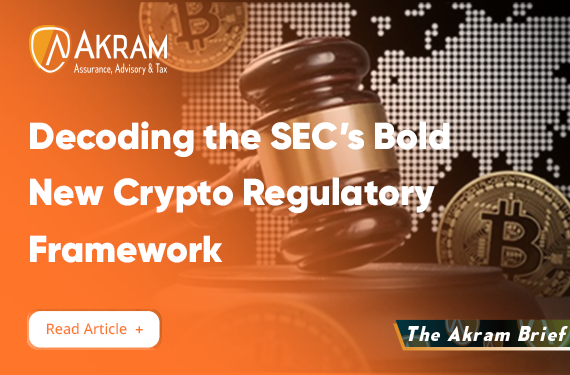Day Trader Tax Errors
Day Trader trades complex financial instruments which involve complicated tax rules including wash sales, and mark-to-market (MTM) rules. Here’s a list of the most expensive tax errors made by day traders and their tax preparers.
Most Expensive Tax Errors Make by Day Traders
There are different categories of income (ordinary, capital gains, 60/40 capital gains, portfolio income, business and investment income). Tax elections can convert from one category to another.
The first mistake is that many traders prepare their tax returns with software like TurboTax, and H & R Block .
Traders are better off working with CPA Firms having experience with tax laws dealing with hedge funds and traders. These tax nuances involve thousands of dollars of tax breaks that can trigger IRS notices, exams and audits.
First- 475 (f) Election Deadline Miss by Traders
Active or Day Traders qualify for trader tax status under section 475 (f) of Internal Revenue Code. It allows traders to recognize ordinary gains or losses treatment on securities only or futures too.
Section 475 is insurance for tax losses. The wash sale and straddles rules don’t apply to traders and they are not subject to the capital loss limitation ($3,000 per year against ordinary income).
Section 475 ordinary losses add to net operating losses (NOLs), which you can carry back to 2 years and/or forward against income of any kind.
Existing taxpayers must elect section 475 (f) by April 15 regarding Partnerships and individuals. S-Corps must elect by March 15.
New taxpayers may elect Section 475 within 75 days of inception. However, taxpayer can revoke only with the IRS’s consent. The IRS recently loosened the tax rules to allow the revocation of Section 475 election.
Second- Day Trader Tax Error by Preparing Schedule C
Traders qualifying for trader tax status show trading income and expenses on Schedule C Profit or loss from Business. We have noticed this problem after traders receive tax exam notices from the IRS and ask us for our help.
Tax Preparers try to deduct a huge trading loss on Schedule C Profit or Loss from Business after missing Section 475 (f) election deadline for aso they can’t use Form 4797 ordinary loss treatment and are stuck with a capital loss limitation.
Trading business expenses are reportable on Schedule C Profit or Loss from Business and that could be a red flag for IRS computers and agents.
Third- Self-Employment Income (SEI) & Self-Employment (SE) Tax
Some traders and their tax consultants treat net trading business income as self-employment income (SEI) subject to self-employment SE tax. That is incorrect unless the trader is a full member of an options or futures exchange and trading Section 1256 contracts on that exchange.
Tax preparer compound this error by having the trader contribute to a retirement plan based on net trading business income. Contributions may only be made on SEI and trading gains are not SEI.
The trader has an “excessive contribution” subject to tax penalties. Traders should consider a pass-through entity tax return instead of Schedule C, Profit or Loss from Business.
S-Corp can pay officer’s compensation to unlock employee benefit plan deductions for health insurance and retirement plan contributions. However, a Schedule C, Profit or Loss from Business cannot unlock such deductions.
Fourth- 1256 Contracts are classified as Securities
Financial instruments including derivatives like ETFs, Swaps, Indexes, futures, derivatives, Options, and Foreign exchange contracts are available for trading. It’s not always clear which tax treatment category the particular financial instrument falls into.
Commodity ETFs are taxed as securities and non-equity options including foreign currency contracts are Section 1256 contracts. Broad-based indexes are Section 1256 but narrow-based indexes are securities.
Derivatives are not 1256 contracts. Special rules apply to certain foreign currency contracts under section 988 and Regulations sections 1.988-1 (a) (7) and 1.988-3.
Certain Prime Brokers treat financial instruments one way and other Prime brokers treat them another way. Options on commodity ETFs can be treated as Section 1256 contracts up to 12% lower tax rates than securities.
Taxpayers claim Section 1256 treatment when they are not allowed on most foreign futures.
Fifth- Form 8949, Sale and Other Dispositions of Capital Assets
Form 8949 requires trade-by-trade reporting of securities trades with wash-sale loss adjustments and special coding per IRS cost-basis regulations. The results move to Schedule D, Capital Gains and Losses.
Traders often don’t make necessary wash-sale loss adjustments based on substantially identical positions across all accounts, including the various types of Individual Retirement Accounts.
Traders also don’t reconcile Form 8949 to 1099-B, Proceeds from Broker & Barter Exchange Transactions.
Sixth- Over-Reliance on 1099-B Statement for Wash Sale Adjustment
Taxpayers and brokers report trades in securities when they sold or realized. Short-term capital gains experience taxes at the higher ordinary income tax rate up to 38.6% and long-term capital gains experience taxes at the lower capital gains rate up to 20%.
If you sell a security for a loss and buy a substantially identical position back within 30 days before or after, you incur a wash-sale loss adjustment by adding the loss to the cost basis of the replacement position. If you trigger one in an IRA, you permanently lose the wash-sale loss.
While Prime Brokers report wash-sale loss adjustments on 1099-B, Proceeds from Broker & Barter Exchange Transactions. Brokers do it on identical positions per account.
Individual taxpayer rules are different: These adjustments have reporting on substantially identical positions across all accounts including IRAs. The IRS does not have a clear definition of substantially identical. However, it means Netflix equity and Netflix options at different strike dates are substantially identical positions.
Seventh- Day Trader Tax Error by Over-Reliance on Prime Broker Reports
Section 1256 contracts are MTM including realized and unrealized gains and losses. Holding period doesn’t matter as all contracts are 60% long-term and 40% short-term capital gains.
Section 1256 60/40 tax rates are 12% less than ordinary tax rates.
By misclassifying an instrument as a security instead of Section 1256 contract, it costs the taxpayer significant tax liability if there are net capital gains. Don’t rely on Prime Brokers to categorize all Section 1256 contracts correctly, particularly indexes and non-equity options.
Eighth– Unused Capital Loss Carry Forward Instead of Carry Back
Many taxpayers and their tax preparer don’t know about the Section 1256 loss carry back election using Form 6781, Gains and Losses from Section 1256 Contracts & Straddles. A current year loss you can carry back 3 tax years against Section 1256 gains. Many traders forget this election and wind up with unused capital loss carry forwards instead.
Ninth- Offsetting Positions Can Trigger Straddle-Loss Rules
Options are generally taxed in the same manner as the underlying instrument. For example, equity options are taxed like equities and both are securities. Non-equity options are Section 1256 contracts.
With phase-in of cost-basis regulations, Prime Brokers reported options starting on 2014 Form 1099-B. The straddle rules prevents the deferral of income and the conversion of short-term capital gain into long-term capital gain.
Tax Errors By Day Trader- Conclusion
We will be happy to review your tax return at no cost. Our experienced CPAs will generate tax savings in excess of the cost and assist you sleep better at night in addition to identify tax issues before it is too late for the current year.







